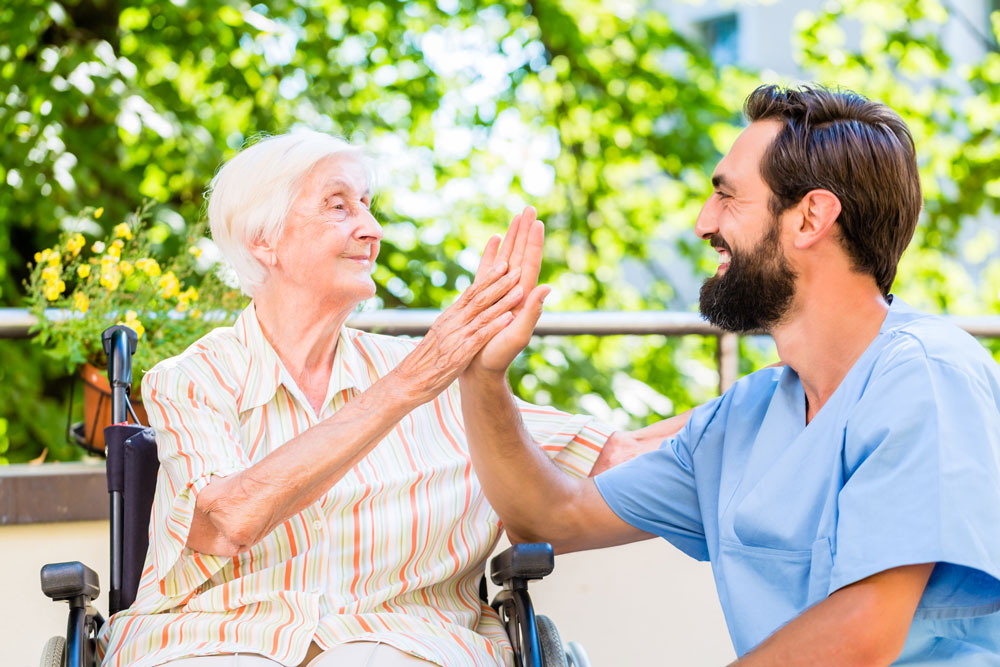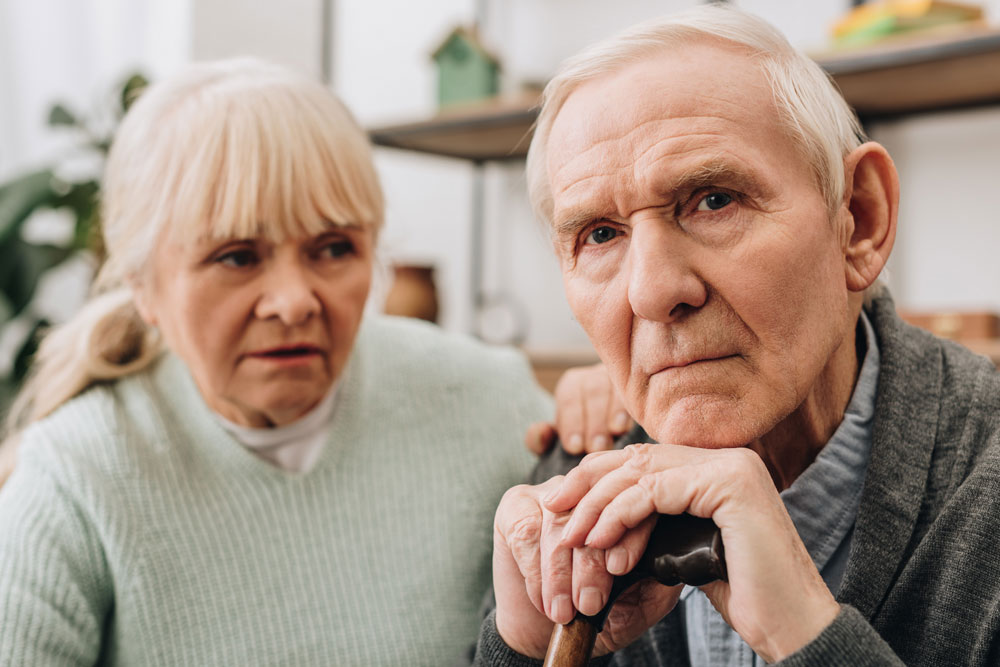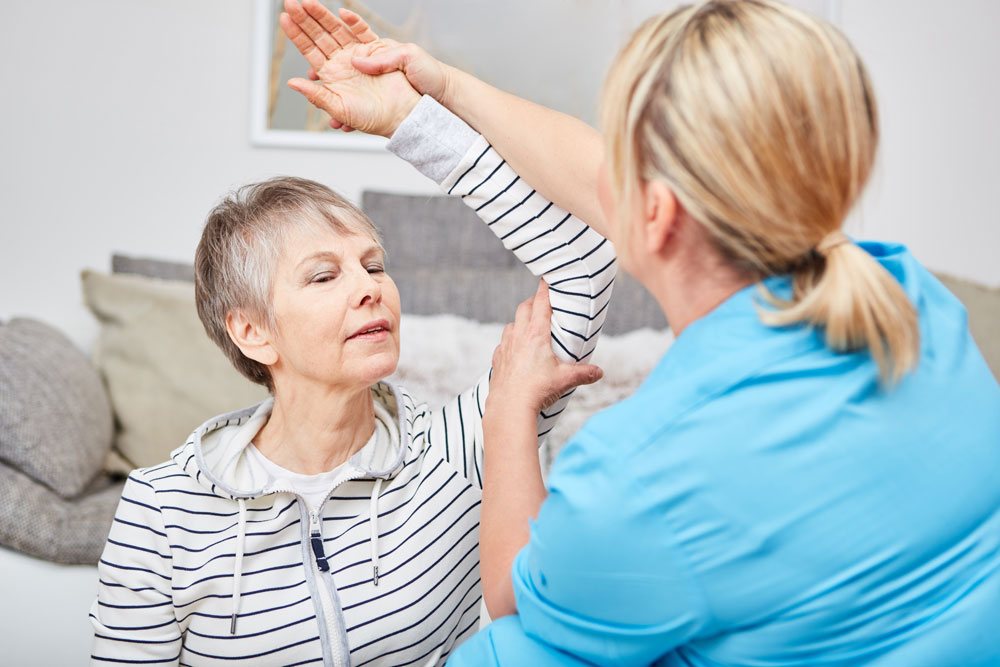Do you have residents at the nursing home who suffer from osteoporosis?
This digital article based on Swedish conditions is computer translated. Hopefully we can inspire people from other countries.
Osteoporosis is a public health problem. Healthcare often misses this diagnosis and many do not receive treatment in time. Drug treatment and individualized training contribute to healing. Staying outside and a versatile diet can help prevent the onset of osteoporosis. Untreated osteoporosis leads to an increased risk of fractures.
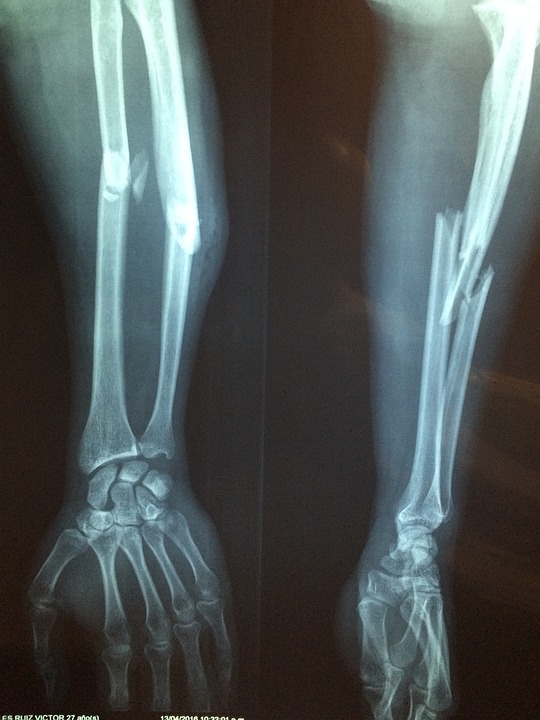
To pay attention to and prevent the consequences of osteoporosis
Osteoporosis is a serious health problem that can affect older people's quality of life and independence. In nursing homes, it is particularly important to be aware of the risks of osteoporosis and to take measures to prevent its consequences.
Osteoporosis is a condition with reduced bone mass and changes in the structure of bone tissue so that bone density deteriorates. This means that the skeleton becomes weaker and that the risk of fractures increases. Especially the sickest among the elderly are a risk group that should be investigated. Osteoporosis itself does not hurt, but the consequences can be painful. Microfractures in the back and other fractures can be very painful. The bones risk becoming weak and fragile, which increases the risk of fractures and broken bones. For older people, the consequences of osteoporosis can be particularly serious, as the body's ability to repair and build new bone mass decreases with age.
A woman who suffered from osteoporosis suffered small fractures of her vertebrae with almost unbearable pain as a result. Pain medication provided almost no relief and her life became very limited. It was even the case that she considered applying for a nursing home, as she was unable to take care of her home and herself. With treatment against osteoporosis, it was possible to eventually return to a more normal lifestyle.
Common consequences of osteoporosis
Multiple fractures Older people with osteoporosis are at increased risk of fractures in the hip, spine, wrist and other bones.
Reduced mobility Bone fractures can lead to reduced mobility and loss of independence, which can affect the elderly person's ability to cope with everyday activities.
Increased pain Fractures and broken bones can cause pain and discomfort, which can affect the quality of life of the elderly.
Increased hospital care Osteoporosis can result in long hospital stays and rehabilitation, which can be physically and mentally taxing for the elderly.
Preventive measures at the nursing home
Education Educate staff about osteoporosis, its risk factors and how to prevent it. The staff should be aware of the importance of recognizing and managing osteoporosis in the elderly.
Screening Carry out regular screenings and assessments of the elderly's bone health. This may include bone mineral density measurements and fracture risk assessments.
Drug review Review the elderly's medication to identify any medications that may adversely affect bone health, such as long-term treatment with corticosteroids, antiepileptics, thyroxine. Adjust the medication if necessary.
Follow-up doctor visits Encourage the elderly to follow up their bone health with a doctor and to take prescribed medications according to instructions.
Educate the affected person Inform the elderly about the importance of following preventive guidelines and being aware of signs of osteoporosis.
Complement to drug treatment
- Medicines review where medicines that increase the risk of falling are withdrawn or reduced in dose as well as
- Investigation of other risks to fall injuries such as sudden changes in blood pressure, dizziness, anemia, irregular heart rhythm, vision or sensory loss.
- Fall prevention measures at home.
- Aids such as hip protection trousers.
- Individualized physical activity to increase balance, coordination and muscle strength in order to prevent falls and thus fractures.
- Smoking cessation and caution with alcohol intake.
- Sun exposure – regular outdoor stays.
- Eat a diet with a lot of calcium.
By actively working to prevent osteoporosis and its consequences in nursing homes, one can contribute to improving the quality of life for the elderly and reduce the burden of fractures and hospital care. It is important to integrate a holistic and preventive approach to osteoporosis in elderly care in order to promote the health and well-being of the elderly.
It is important to treat osteoporosis actively. For those who have already had an osteoporotic fracture, the risk of having more is more than 50 percent. Drug treatment can significantly reduce the risk of new fractures. All too few receive treatment for this disease.
Many people with osteoporosis also suffer from kidney failure or COPD. They may also have drugs that further increase the risk of osteoporosis. Established osteoporosis should always be treated. The recommendations also apply to men.
What is osteoporosis?
Osteoporosis is a disease that means that the bone mass decreases and the bones become fragile and more prone to breaking. It is more common in older people, especially postmenopausal women.
What causes osteoporosis?
Osteoporosis can be caused by various factors, including aging, lack of calcium and vitamin D, hormonal changes, heredity, smoking, alcohol consumption and lack of physical activity.
What are the symptoms of osteoporosis?
Osteoporosis is often a "silent" disease that produces no symptoms until a bone fracture occurs. The most common fractures linked to osteoporosis are wrist fractures, hip fractures and vertebral fractures.
How can you prevent osteoporosis?
Prevention measures include eating a healthy diet rich in calcium and vitamin D, participating in regular physical activity, avoiding smoking and excessive alcohol consumption. Discuss any medication with the doctor in charge.
How is osteoporosis diagnosed?
Osteoporosis can be diagnosed with a bone densitometry (DXA) which measures the density of the bones. Your doctor may also use clinical assessments and risk factors to assess your risk of osteoporosis.
What treatment is available for osteoporosis?
Treatments for osteoporosis may include drugs that increase bone mass, calcium and vitamin D supplements, and physical exercise. Discuss appropriate treatment with your doctor. See above in the article on supplements to drug treatment,
Can osteoporosis be prevented or treated? Yes, osteoporosis can be prevented and treated with the right lifestyle choices, nutritional supplements and medication. Early detection and preventive measures are important to reduce the risk of bone fractures.
Who is most at risk of suffering from osteoporosis?
Postmenopausal women and older people are generally at greater risk of developing osteoporosis. People with a family history of the disease or certain medical conditions may also be at increased risk.
It is important to be aware of osteoporosis and its risk factors, especially if you belong to a risk group. By taking preventive measures and undergoing regular examinations, you can reduce the risk of fractures and maintain good bone health.
Reflection questions - osteoporosis
Care staff:
- Do you have anyone with osteoporosis on the unit?
- Does the preventive work work?
Manager, nurse, occupational therapist and physiotherapist:
- Do you work in any particular way with this risk group?
- Does it work well with diet, going out and physical activity?
- What proportion of those with osteoporosis get regular exercise?
Resident and next of kin:
- How often do the people who live in the unit come out?
- Are there opportunities for physical exercise for the residents?
Erland Olsson
Head nurse
Sofrosyne
Better care every day

Aktuellt i media
- 2024-04-25 04:00 04 Bemötande
- 2024-04-22 04:00 01 Kvalitet
- 2024-04-18 04:00 10 Aktivitet o funktionsbevarande arbetssätt
-
2024-04-15 04:00
09 Mat och måltid
Food and fall prevention. How the nursing home ensures a safe and nutritious food handling.
info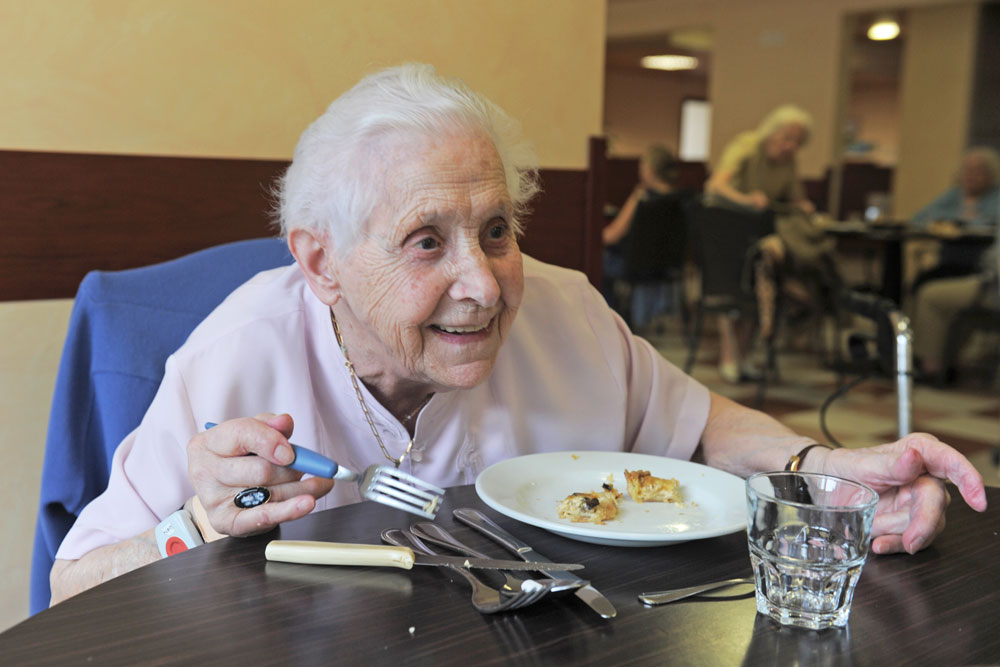 Foto: Mostphotos
Foto: Mostphotos - 2024-04-11 04:00 05 Planering
- 2024-04-08 04:00 10 Aktivitet o funktionsbevarande arbetssätt

